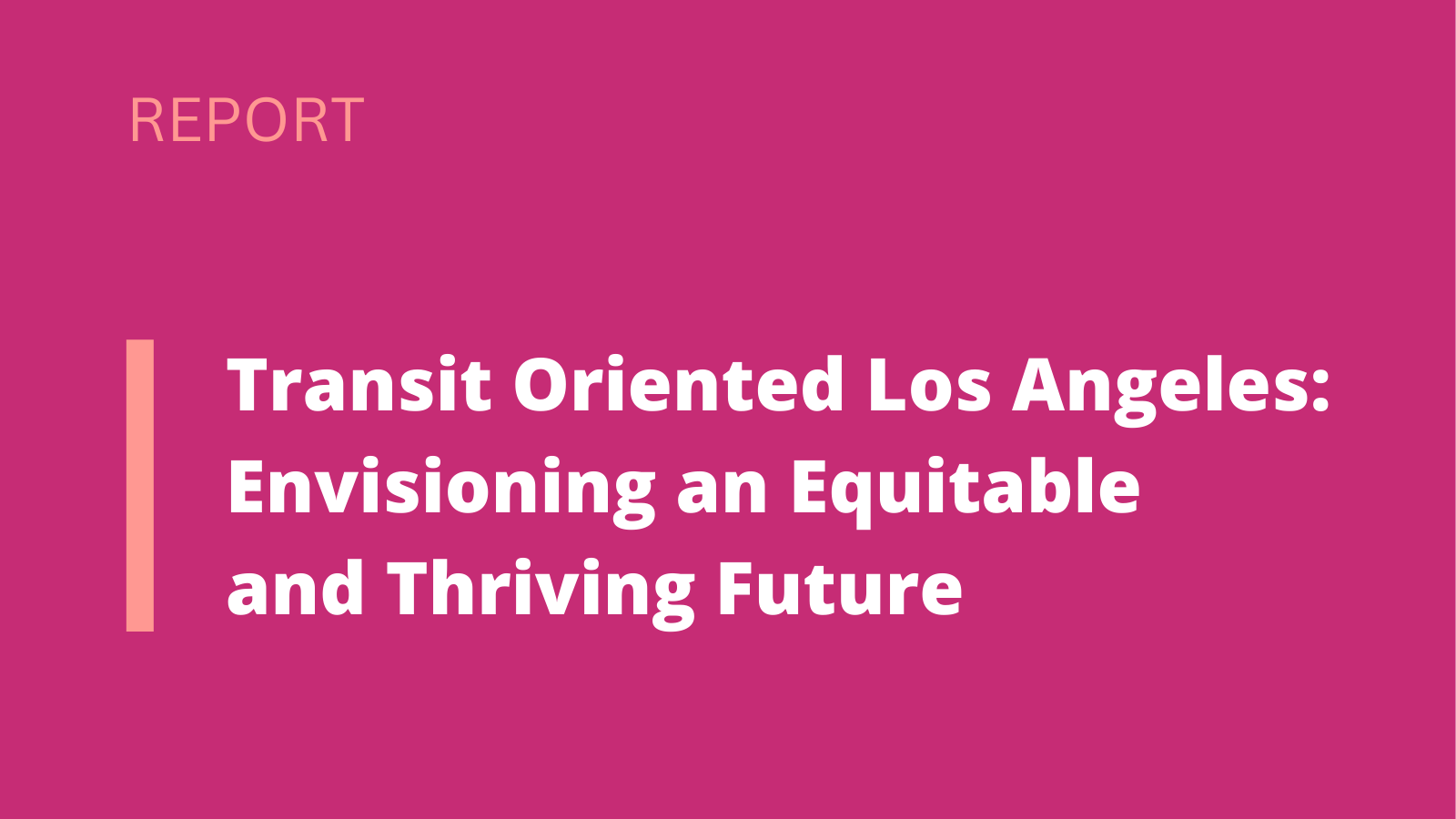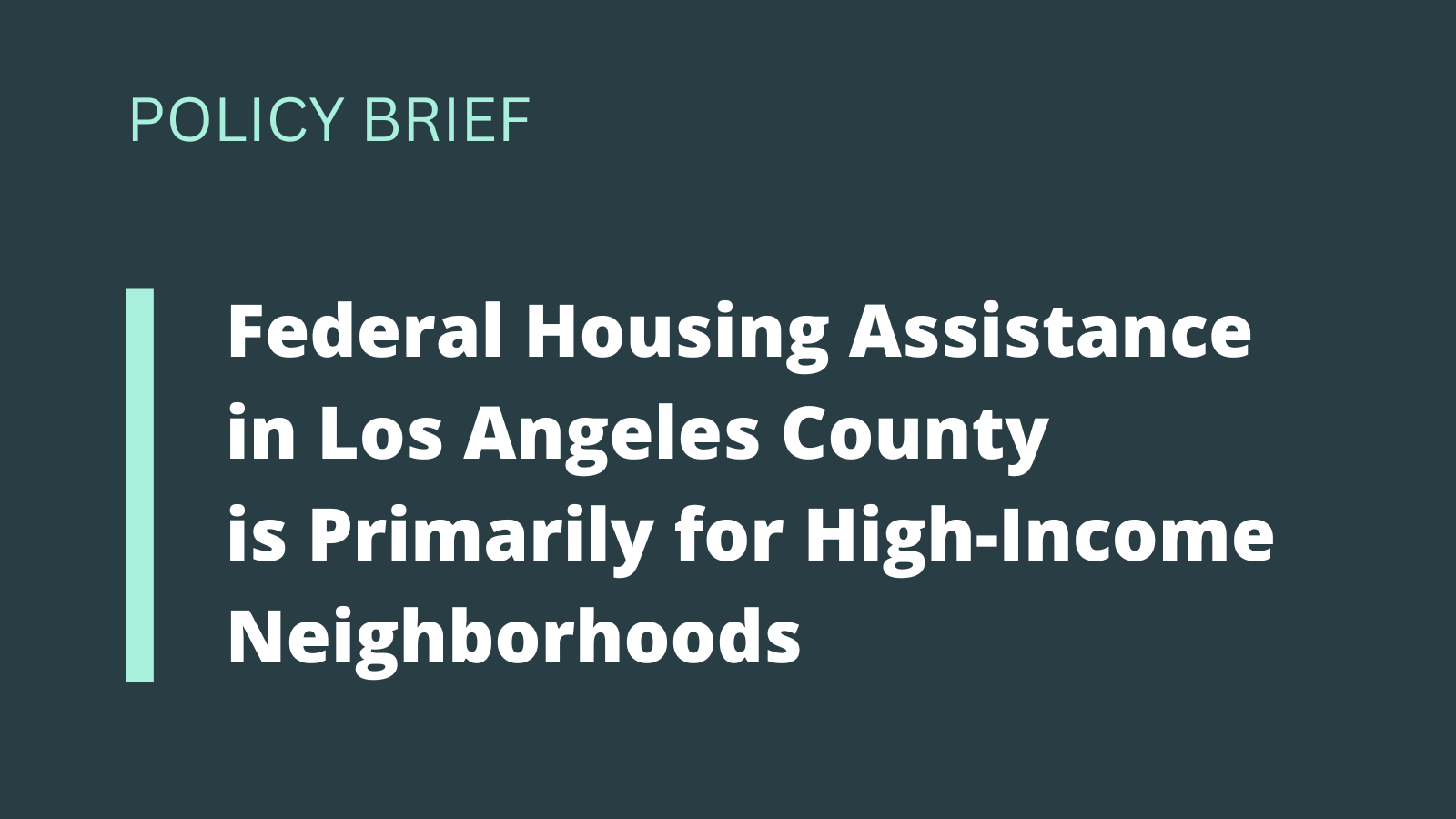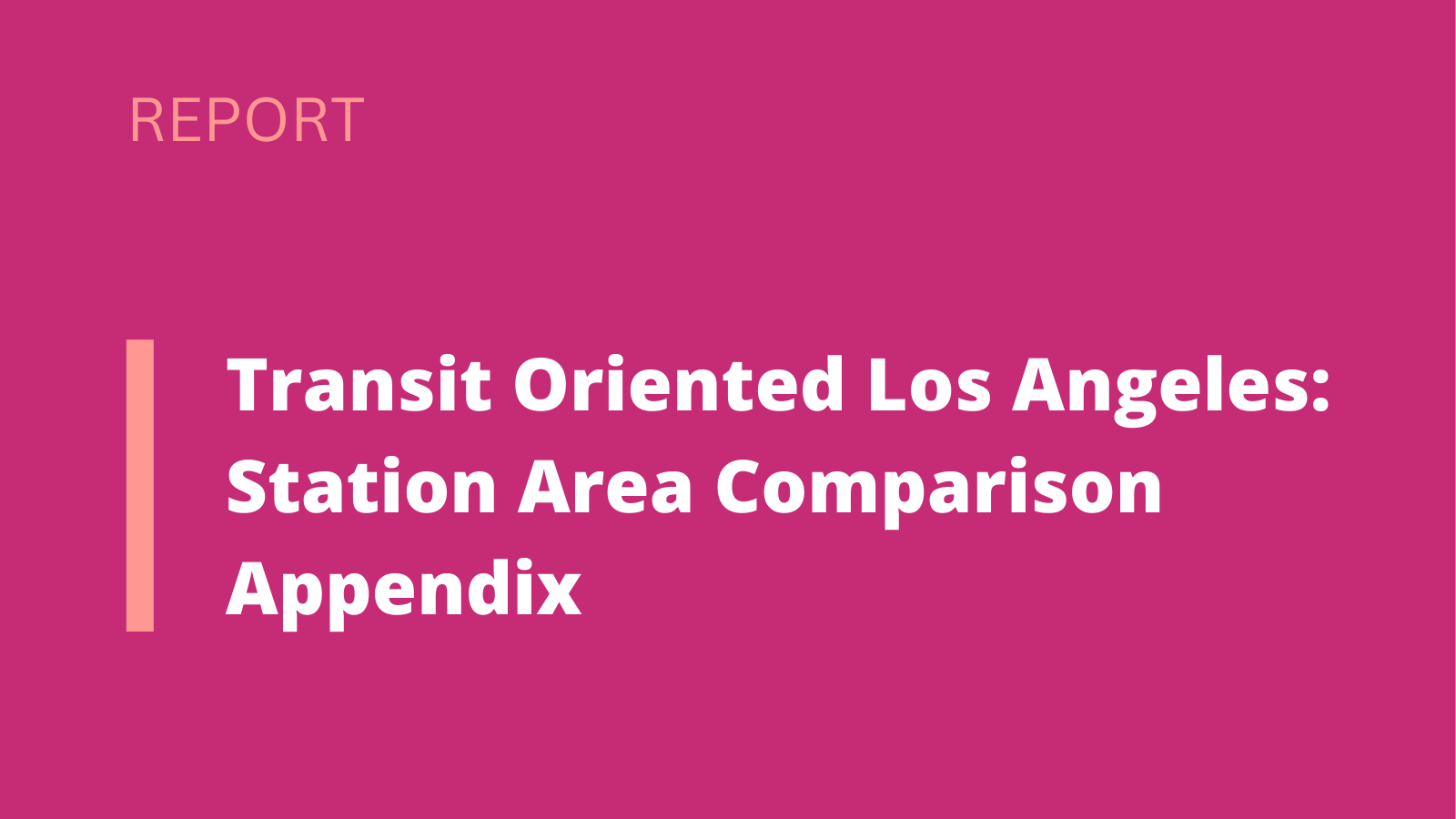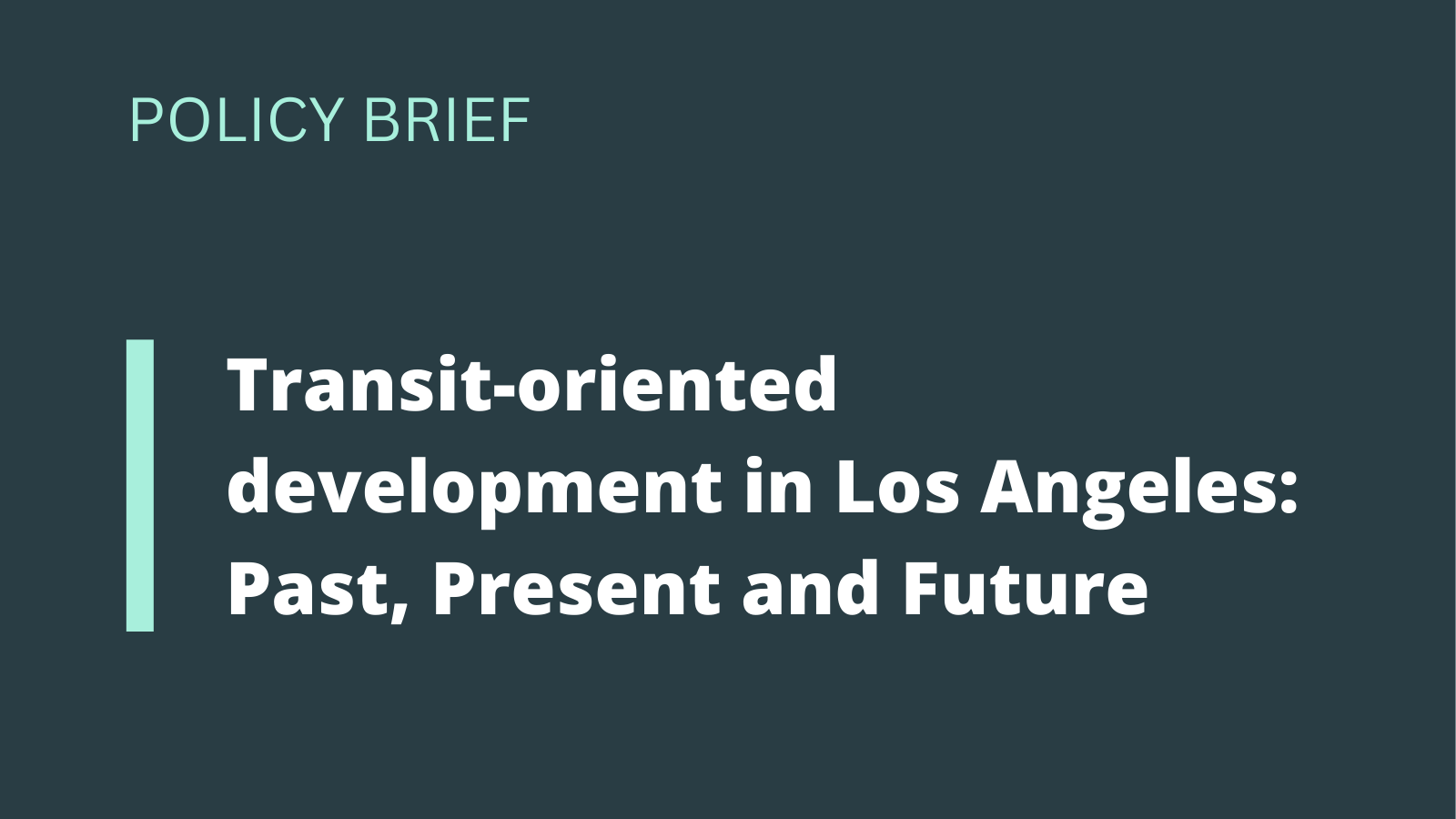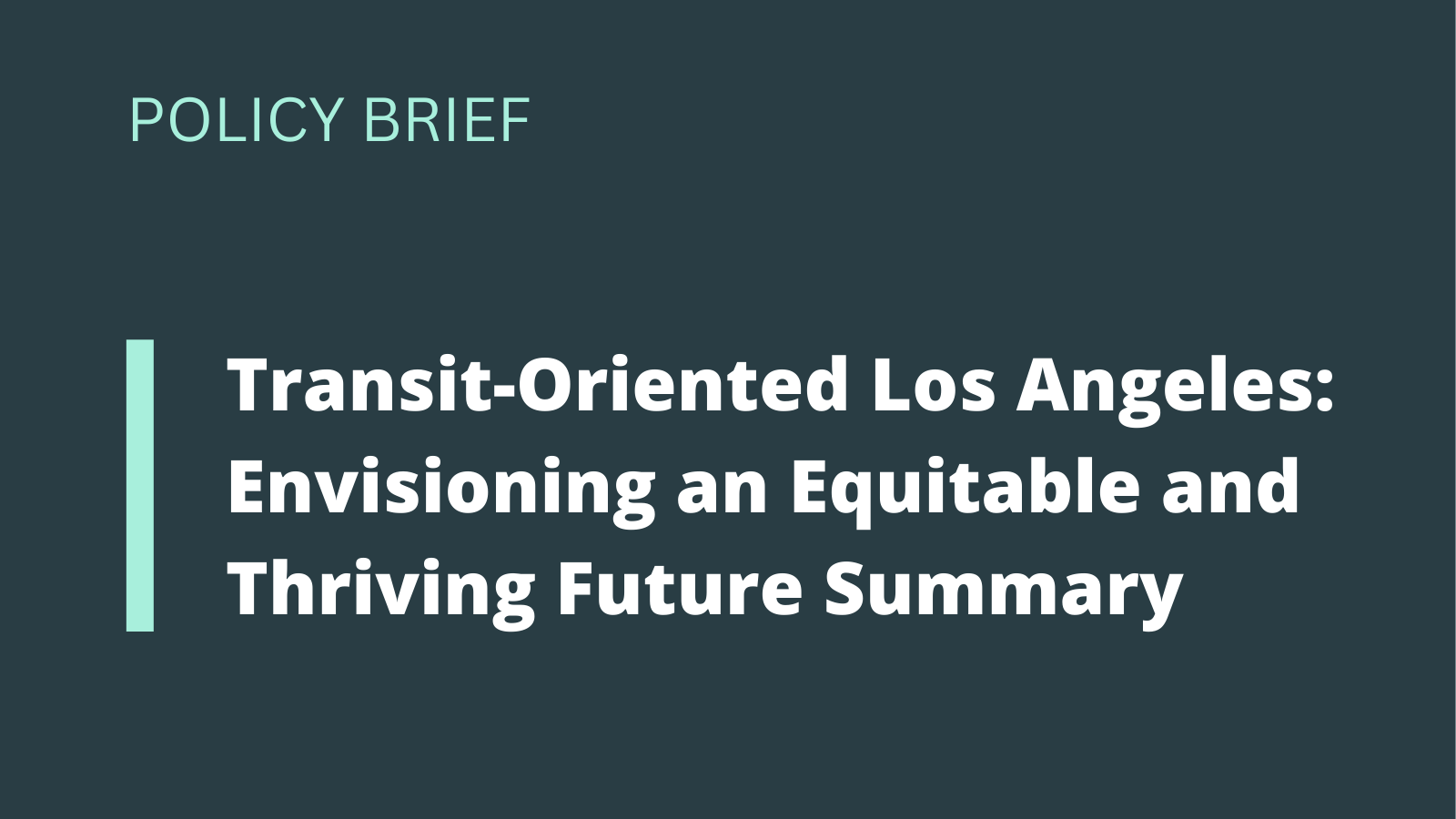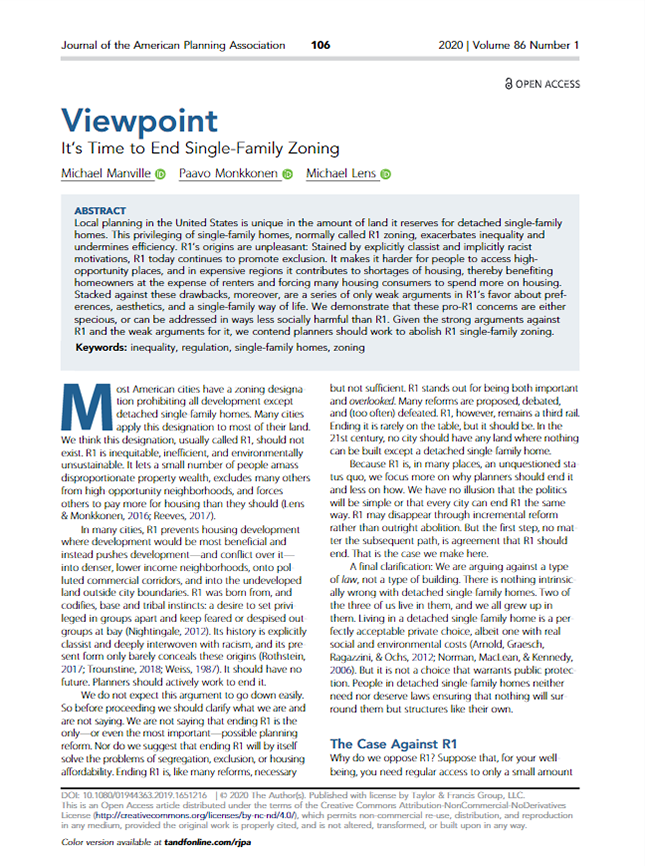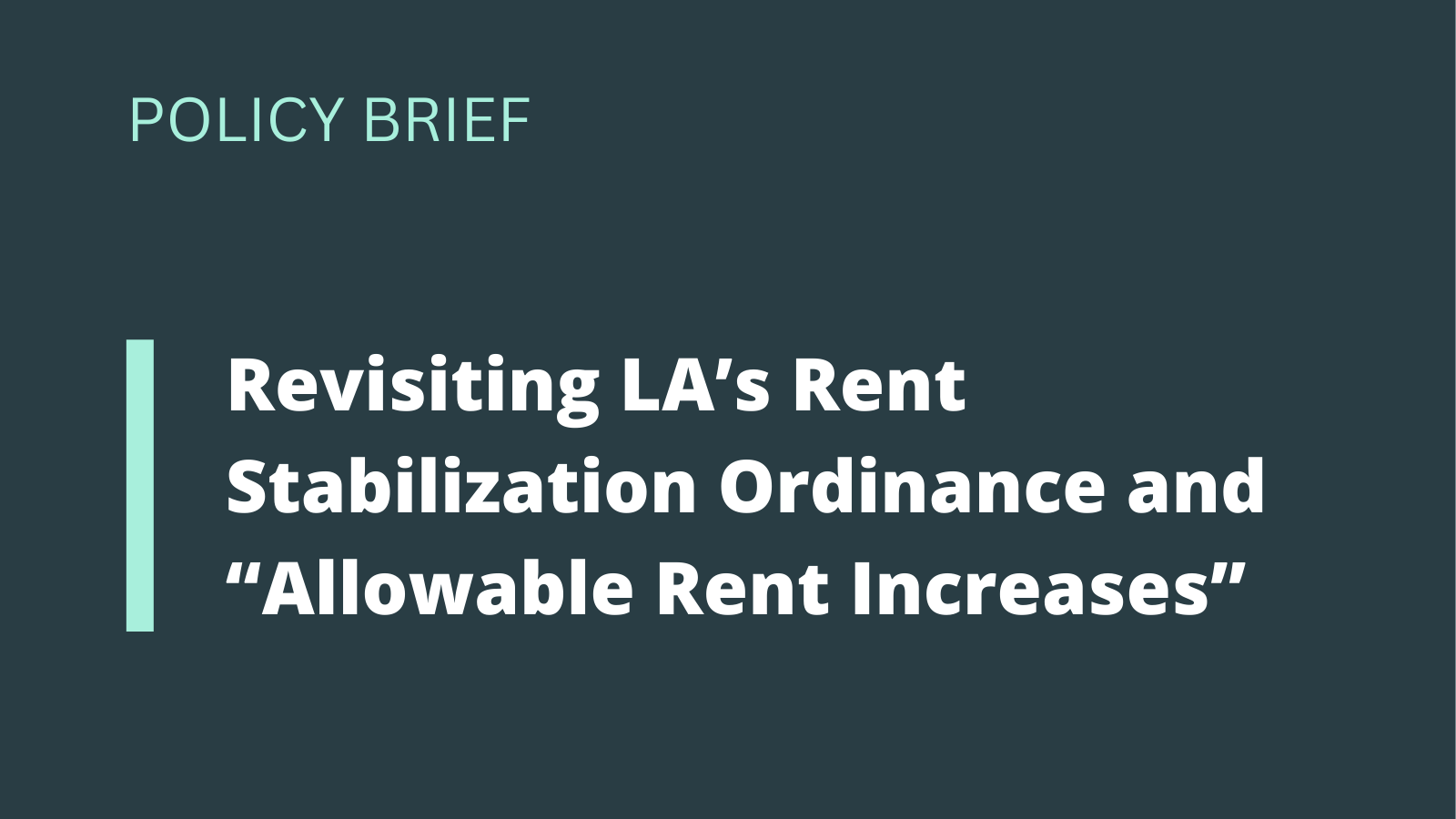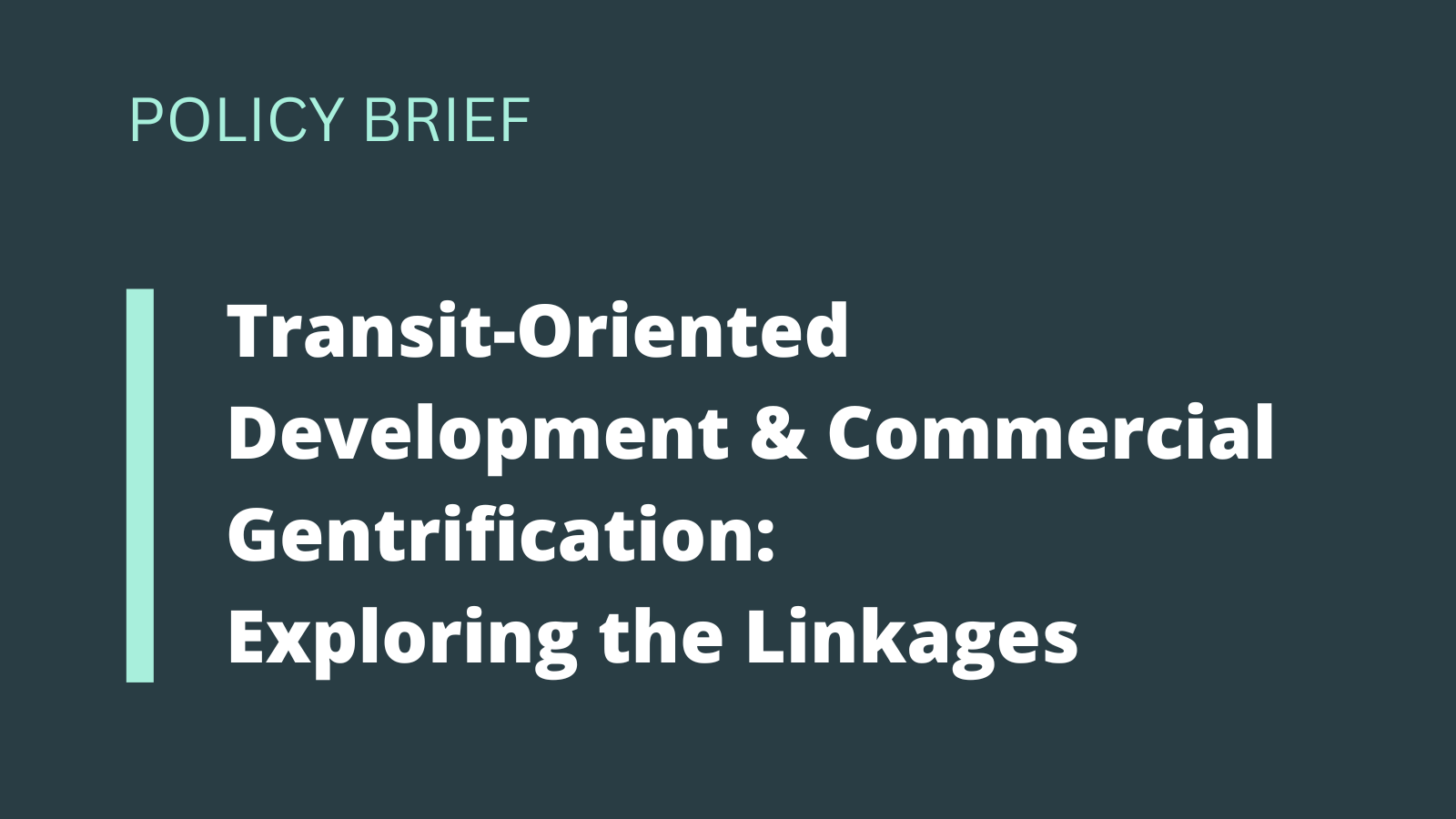Not Nearly Enough: California Lacks Capacity to Meet Lofty Housing Goals
superadmin2025-12-11T07:02:53-07:00Before becoming governor, Gavin Newsom set forth a bold campaign goal to construct 3.5 million new homes by 2025. This brief asks if it's possible for California to meet this lofty goal under current zoning and where this new housing will be built.


